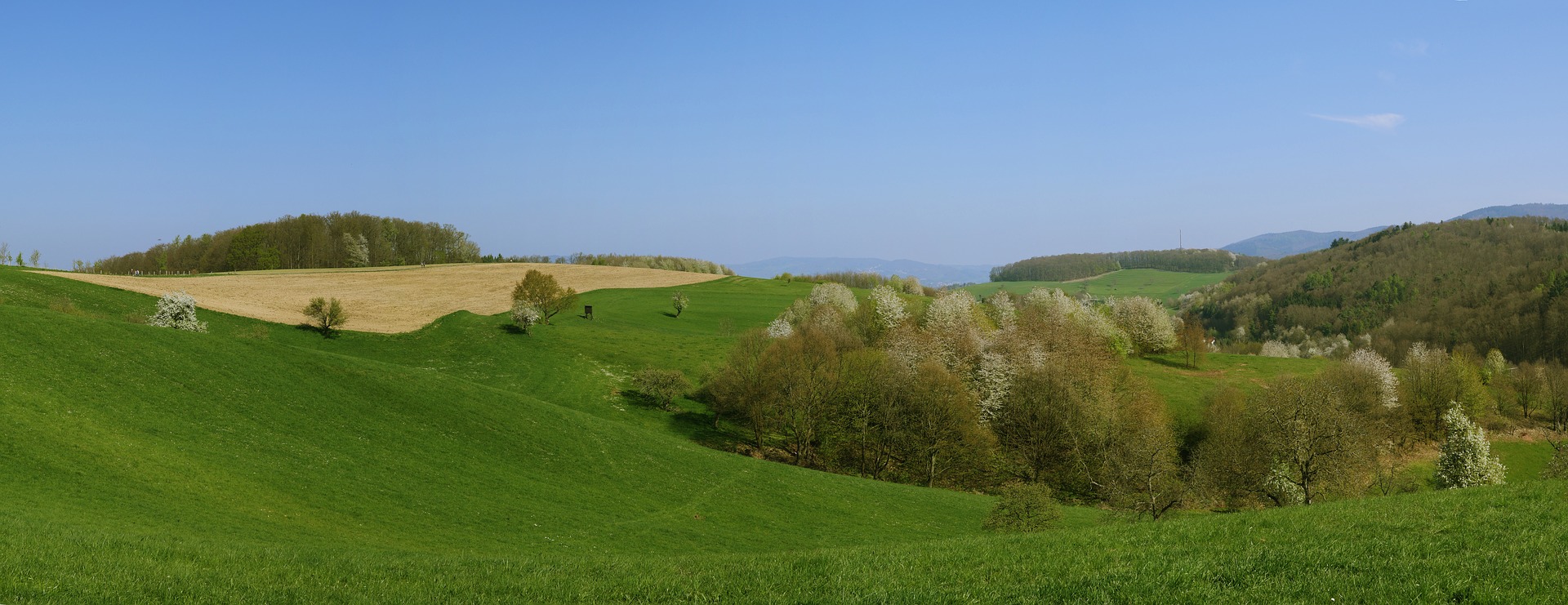The instruments focus on organismic diversity; in some cases, structural diversity and landscape elements are also taken into account. Several years of data series or evaluation studies are already available for certain instruments. The next steps are the adaptation of a conceptual approach for Austrian agricultural businesses and finally further activities towards testing and validation.
Since on-site surveys are often not feasible on a larger scale, a key challenge for an instrument for applied biodiversity assessment is to provide valid results using simple methods for recording proxy variables. Content and construct validity indicate (a) what idea of biodiversity exists and (b) whether it is covered by the operationalized construct and the indicators collected. The results of the present assessment tools show that species diversity is primarily used as an indicator of biodiversity. Special or sensitive (stenoic) species are often singled out, and valuable habitats are often taken into account as an additional indicator. The approaches were validated primarily using vascular plants and locusts, both for fields and grassland, but in most cases other species were also included.
- Elements in ÖPUL, such as the example of measures “Result-oriented nature conservation planning” (ENP)
- Example projects such as “Biodiversity monitoring with farmers – We look at our meadows and alpine pastures”
- the multitude of existing programs and long-term projects for monitoring, protecting and promoting biodiversity in an agricultural context,
- the initial situation for the agricultural biodiversity indicators and the biodiversity strategy Austria 2020+,
Project progress
In the course of the project so far, the focus has been on discussing different methodological approaches and selecting a concept with a high prospective significance and practicality. Special Austrian framework conditions were taken into account, such as biodiversity refers, for example, to the diversity of plants in the managed grassland as well as the diversity of animal species therein. Graded use of meadows or areas with high ecological value, such as extensive grassland, can make a significant contribution to this. Diversity also includes the diversity of the landscape, such as different types of use or landscape elements such as rows of bushes, and also the biodiversity of farm animals, which represents a separate branch of research at the HBLFA Raumberg-Gumpenstein. There are many attempts to support biodiversity with the help of local projects, for example by creating flowering areas to promote plant species diversity for pollinators. As far as measures affect agriculturally used areas - such as flower strips - these are also recorded via the biodiversity assessment instrument.
The FarmLife BD project deals with instruments for biodiversity assessment on farms. Different concepts, models and possible applications in the life cycle assessment of agricultural businesses are compared. The ultimate goal is to set up and program an instrument for biodiversity assessment on the farm as part of the FarmLife farm management tool. This is intended to make it easy for farmers to understand how well biodiversity services are being provided and in which areas improvements could be made.
The aim is to develop a system for assessing the effects of different forms of agricultural management and management on biodiversity on the farm and to integrate it into the FarmLife tool.
team

Dr. rer.nat. Albin Blaschka
Acquisition
Mag.a Elisabeth Finotti
Economics and resource management
Dr. Wilhelm Graiss
Head of department
Dr. Florian Grassauer
former research assistant
Dr. Thomas Guggenberger, MSc
Head of the Institute for Livestock Research
Dr. Markus Herndl
Soil Science and Lysimetry Department, Head of the Eco-Efficiency Research Group







